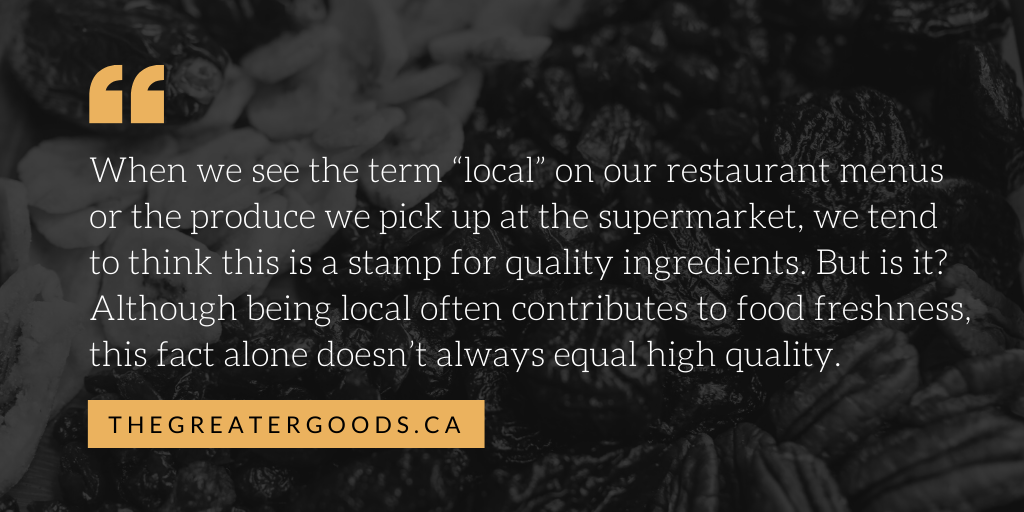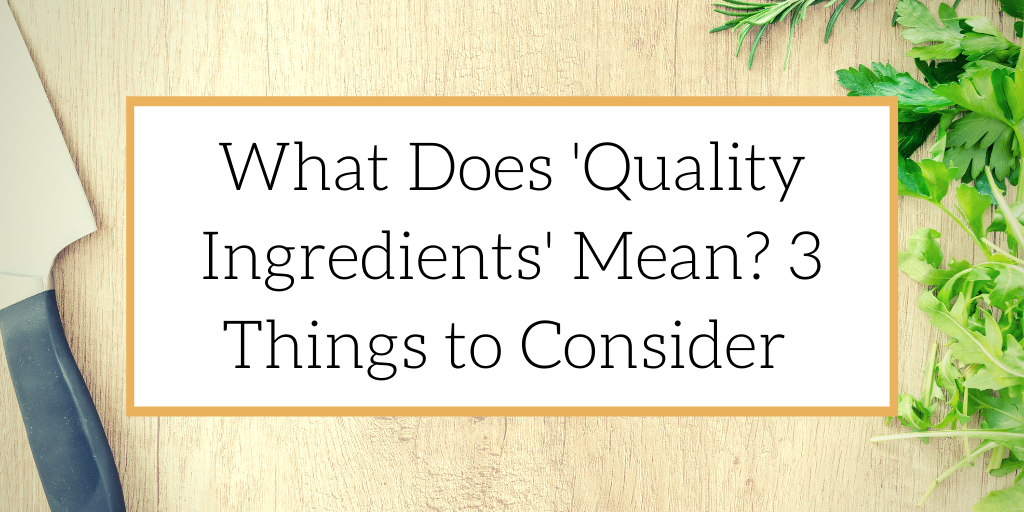We’ve all repeatedly heard the term “quality ingredients” in both restaurants and ready-to-go meals at the supermarket – but what does this even mean for the food we are consuming? Is there a standard for quality ingredients, or is this just a term that is thrown around with no real meaning behind it? It turns out that quality is a subjective term, and that it means something different to everyone. However, when it comes to food, quality is overwhelming considered to equal fresh, and free of chemicals and preservatives. In this article, we dive deeper into what it means to use or consume quality ingredients.
Focusing in on Fresh Ingredients
Quality doesn’t necessarily mean the most expensive, but it does focus in on the freshness of your food. The definition of “fresh” ingredients generally refers to ingredients that have never been frozen, and can therefore provide maximum flavor.
Marker 32 tells us more about what having fresh, quality ingredients means to them:
“How fresh ingredients are can play a factor in the taste of food. If a chef is working with old chicken or fish, those proteins are going to lose out on their flavor. The same can be said if the proteins were frozen and then defrosted. When food is frozen, it is going to naturally lose a lot of the juicy and natural taste that it had before it was put in that state. The best ingredients are those that are brought to the restaurant fresh, refrigerated, and used before they get to the point where they have to be frozen to be preserved.”
Does “Local” Equal High Quality?

When we see the term “local” on our restaurant menus or the produce we pick up at the supermarket, we tend to think this is a stamp for quality ingredients. But is it? Although being local often contributes to food freshness, this fact alone doesn’t always equal high quality.
Foodabletv.com explains why local does not automatically translate to high quality:
“Does local mean that greatness is automatic? Foolishly, many operators and plenty of consumers insist so, but that is irrational. Local here is the “distant somewhere else.” Yes, yes, unripe melons have to be crated and shipped long before they have reached their true worth. That’s what you get for buying cantaloupe in February. Still, local does not dictate superiority. — but “knowing” does. Knowing, for instance, the type of feed for your cattle may make a measurable impact. Knowing the variety of basil and age it was harvested is a better indicator than merely slapping local on your menu and expecting supremacy. In order to educate customers, you must first educate yourself on your own ingredients.”
The Level of Processing Involved
The terms “quality ingredients” and “processed food” do not go together – and for good reason. It’s fair to say that quality ingredients should not take away from their nutritional value. And when food is processed, this is exactly what happens.
Fresh Fitness tells us more on why highly processed ingredients cannot be considered to be high-quality:
“Some level of processing is a natural part of food (cooking is a form of processing). However, most commercial foods today are so highly processed that they are devoid of basic nutritional value. In fact, that’s why so many foods have (low quality) vitamins added back into them. The original nutrients were stripped during processing. Commercial processing often enhances/masks flavors and boosts shelf life, but provides poor quality nutrients for your body.”
Here at The Greater Goods, we offer consultation services for your business, from food production to distribution. If you’re looking for advice on how to get up and running, we offer a free consultation with our expert food industry consultants and food brokers
